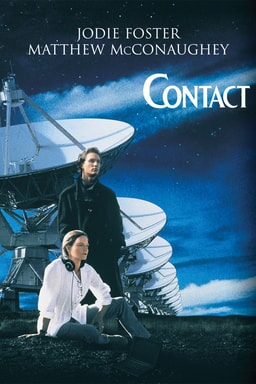Contact
Watch It

About
Original Theatrical Release
July 11, 1997
Genres
Suspense/Thriller, Sci-Fi/Fantasy, Drama
Follow
Videos
Gallery
By using this site, you agree to the Privacy Policy and Terms of Use.

July 11, 1997
Suspense/Thriller, Sci-Fi/Fantasy, Drama
By using this site, you agree to the Privacy Policy and Terms of Use.